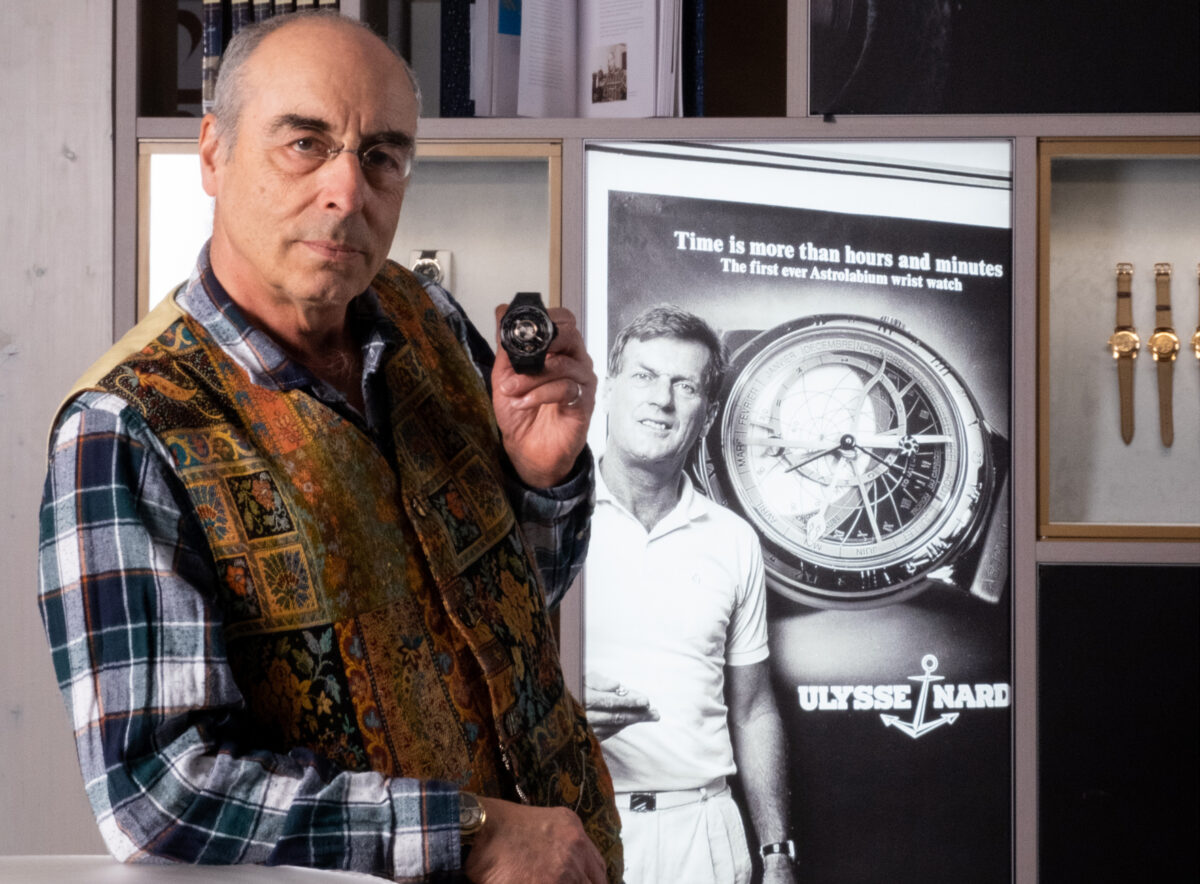Ludwig Oechslin, the inventor of the Freak and co-founder of Ochs und Junior, spoke to WatchPro about why the simplest way is always the best.
A contemporary polymath, Ludwig Oechslin’s journey through the realms of academia, watchmaking, and horological restoration unfolds as a tale replete with diverse accomplishments. Born in Gabicce Mare, Italy, in 1952, Oechslin embarked on his academic trajectory at the University of Basel in Switzerland, culminating in a degree in archaeology in 1976. This marked the commencement of an odyssey that traversed astronomy, theoretical physics, and philosophy.
In 1983, Oechslin earned a PhD in the history of research and subsequently secured a fellowship to delve into theoretical physics and astronomy at the University of Bern. Concurrently, he immersed himself in watchmaking, attaining the status of a Swiss master-watchmaker in 1993.
Throughout his journey, Oechslin achieved notable feats such as recreating the Antikythera mechanism, restoring the Farnese Clock housed in the Vatican Library, and crafting the Türler Clock, a celestial marvel exhibited at the International Museum of Horology, where he served as the director from 2011 to 2014.
Venturing into the domain of commercial watchmaking, Oechslin played a pivotal role at Ulysse Nardin in the early 1980s, collaborating with owner and CEO Rolf Schnyder and technical genius Pierre Gygax to innovate the ground-breaking Freak, unveiled in 2001.
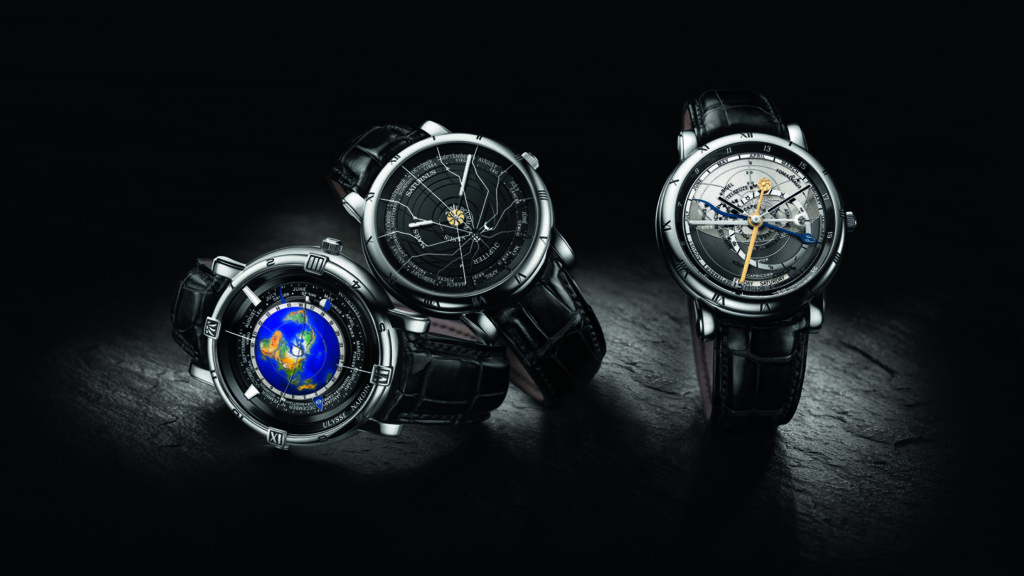
He was also a lead player in the creation of the Astrolabium Galileo Galilei wristwatch – part of the Trilogy of Time – that was recognised by the Guinness Book of World Records in 1989 as the most complex watch ever made.
In 2006, Oechslin, along with Beat Weinmann and Kurt König, established Ochs und junior, a watch company with a focus on astronomical and calendar complications, underscored by a commitment to offering uncomplicated solutions to horological challenges.
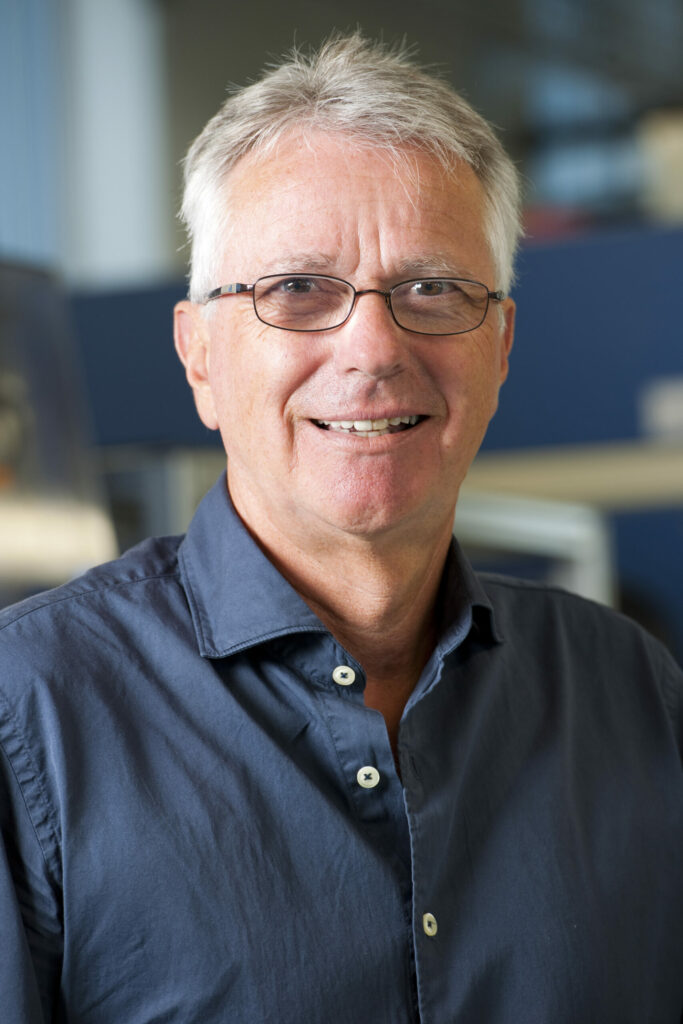
WATCHPRO: Your aim today is to deliver timekeeping solutions in the simplest possible way. How does this contrast with your earlier work at Ulysse Nardin where you developed some of the most complicated watches of all time?
LUDWIG OECHSLIN: I do have experience with very complicated watches like the Astrolabium – but, to be honest, it could have been a lot more complicated than I made it. For me it was about making it in the least complex way possible.
I wanted to show those astronomical indications in the most efficient way. That is always the thing I strive for. I am not looking to make the most complicated timepiece but the most efficient with the lowest number of components.
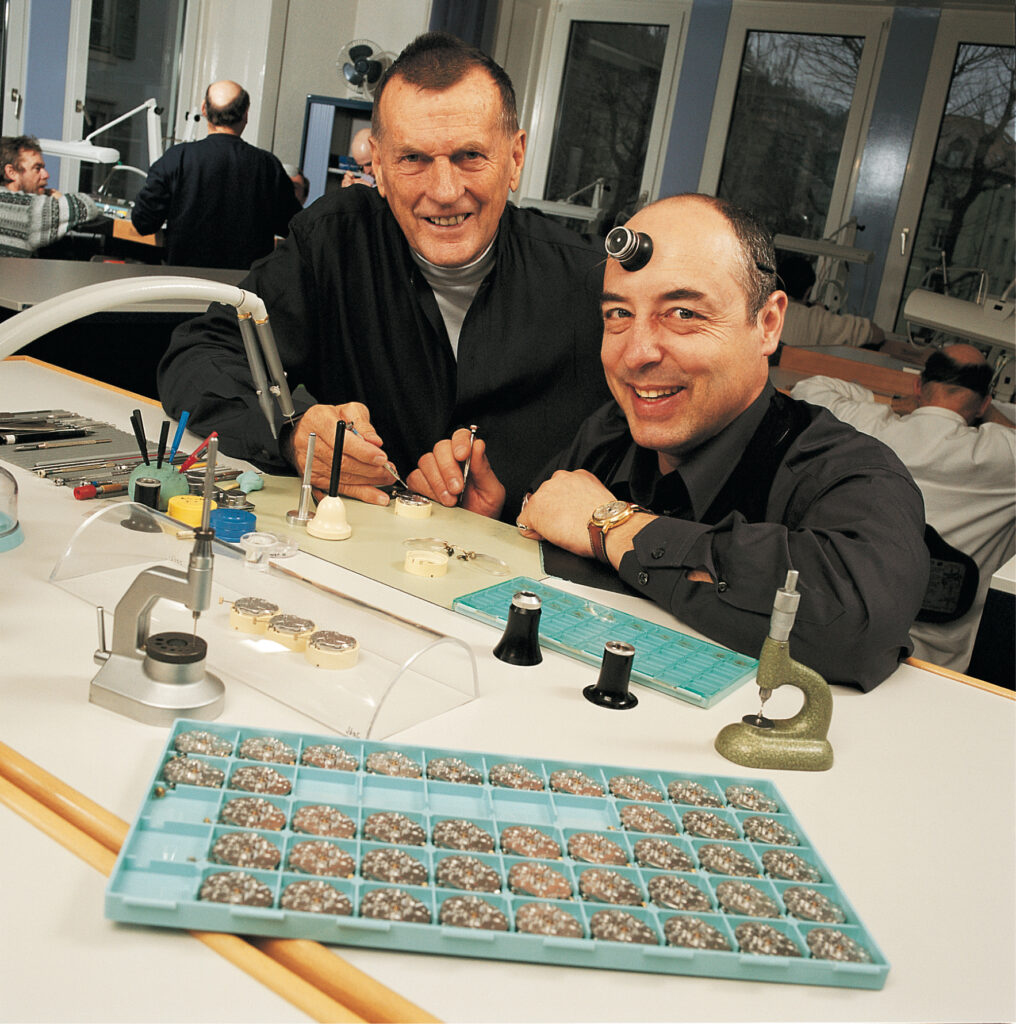
No matter if it is a high complication or a simpler one, what is important is to realise it with the fewest parts possible. As I say, it’s not really about simplicity, it’s about efficiency.
WATCHPRO: Talking about ultimate simplicity, with the Ochs und junior moonphase you have made the indication with less than half-a-dozen components?
LUDWIG OECHSLIN: No, no. There are five. Half-a-dozen is too many. The moonphase has five – three gears behind and then the moonphase itself and the dial.
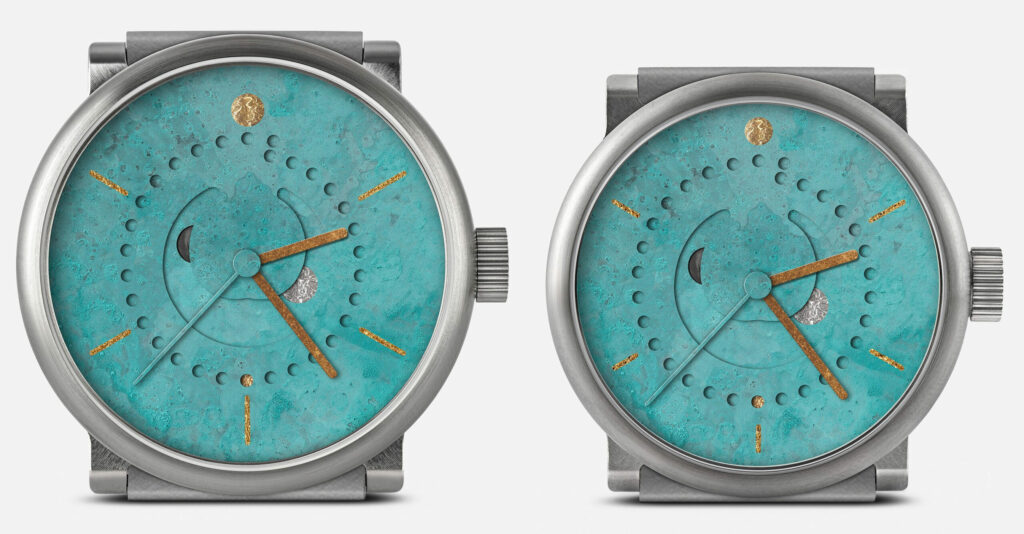
WATCHPRO: Why do you think nobody else does it this way?
LUDWIG OECHSLIN: I don’t know, you will have to ask them. I guess they just think differently to me. But you really don’t need any more parts – our Selene Tinta has the most accurate moonphase in any wrist watch ever created. I have heard that some other companies are looking to copy it.
WATCHPRO: If efficiency is your main aim, what were you trying to achieve in this area with the creation of the Freak?
LUDWIG OECHSLIN: The Freak’s main goal was to have a movement that turns around itself. The concept already existed within the brand’s technical office and Rolf liked it but in the beginning, it was not really the sort of project I liked to do – complexity with no reason.
Then we realised that we could get it to turn around itself in exactly one hour so that the movement could become an indication. And when this worked out, we saw that we could make two parts to the movement, both turning and independently indicating hours and minutes. This is what convinced me to get on board.
So, with the turning movement, we were able to achieve an eight-day power reserve and a brand-new indication. And with the new escapement, which was made from completely different materials like silicon, we were able to achieve five new watchmaking principles inside the Freak.
Basically, it is a unique all-in-one concept. The escapement is detached from the gear train and the impulse on both parts is the same so that it can be more precise.
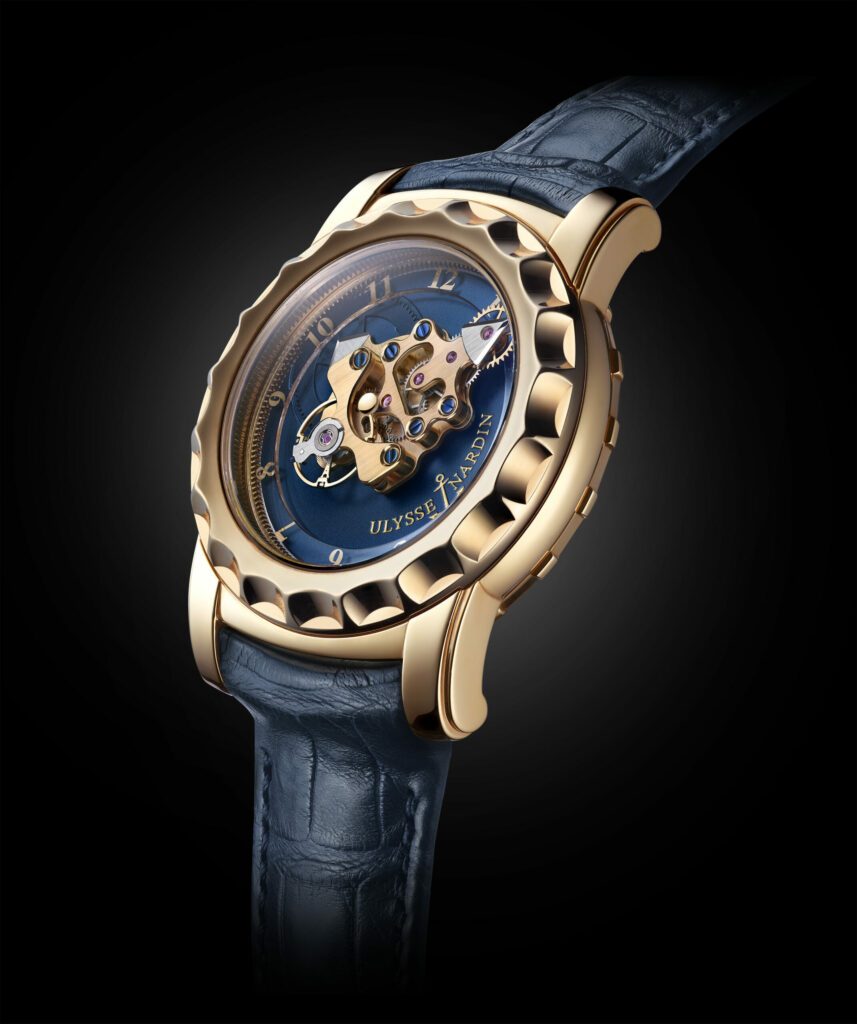
WATCHPRO: What was the main aim with the Freak?
LUDWIG OECHSLIN: To create a watch that needed fewer components – there is no dial, no crown, no hands. Ulysse Nardin’s first project based on a turning movement was not functional, but Rolf had already sold the idea so, by hook or by crook, we had to make a piece that would work. It all started with a discussion between me, Rolf and Pierre Gygax – something came together and that developed into the first Freak.
WATCHPRO: At heart you are an archaeologist, a philosopher and an astronomer. Did this help?
LUDWIG OECHSLIN: Yes. In archaeology, I learned many methods for conducting research, so I could take this methodology and apply it to researching complicated clocks. I needed to find out what was going on inside with the gears and so on. I developed mathematical equations to make them, and I could also use these equations to make the new gear wheels.
This is always the basis for me – to research historical models so I can learn more and be more creative. On the other side is the practical watchmaking. They go hand in hand. Always. Research is 80% and watchmaking 20%.
With the Antikythera, I made different models but it was not my research. I studied what already existed and then I made the models. I made five of these – one for the International Museum of Horology.
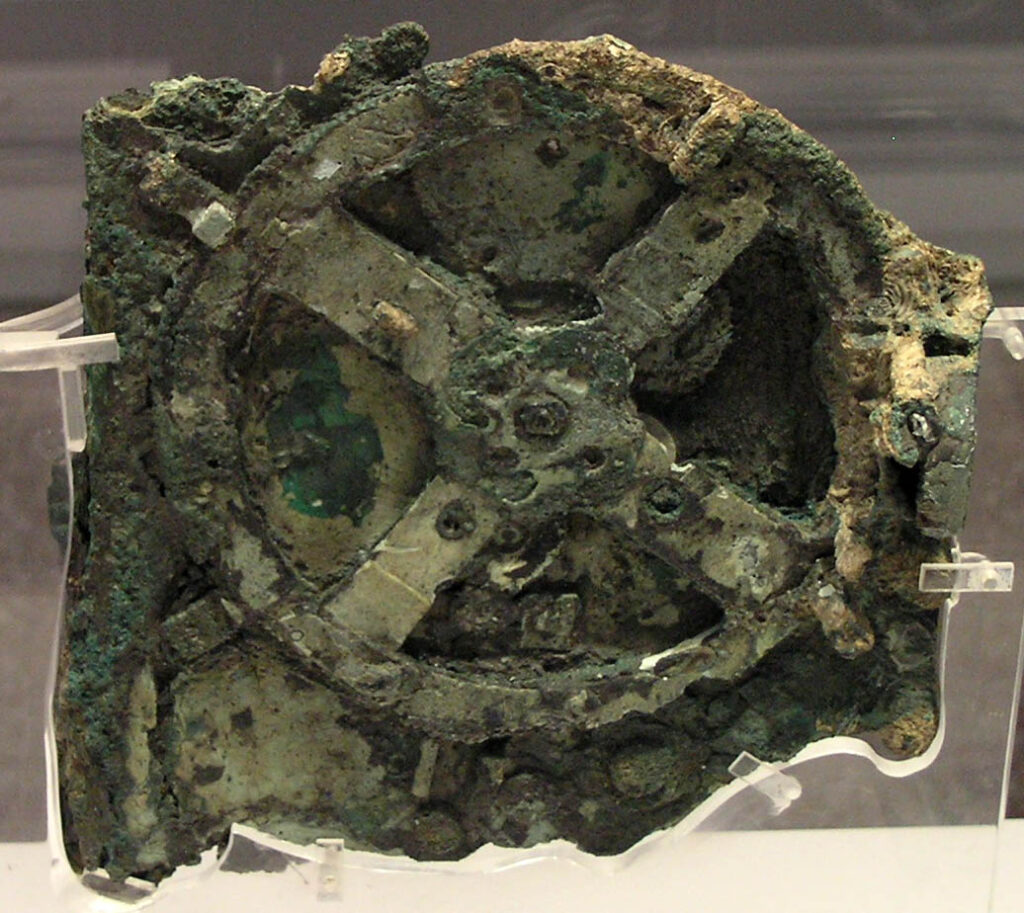
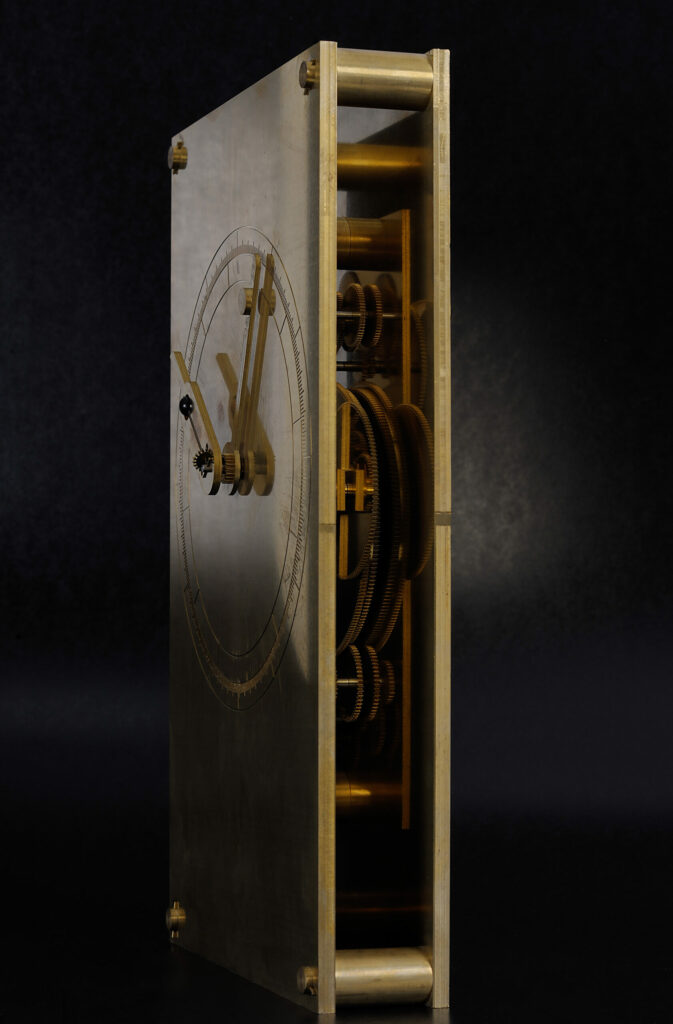
WATCHPRO: Do you still make them?
LUDWIG OECHSLIN: I can but I don’t. I don’t like to repeat anything – I like to make new things.
WATCHPRO: But you are still at the bench?
LUDWIG OECHSLIN: Absolutely. Always. I have my own workshop and I make watches and clocks. Now I make more astronomical clocks, big things and behind them there has to be a good engine. But there is nothing out there to buy – and it is the same with my watches – so, I have to make the movements myself.
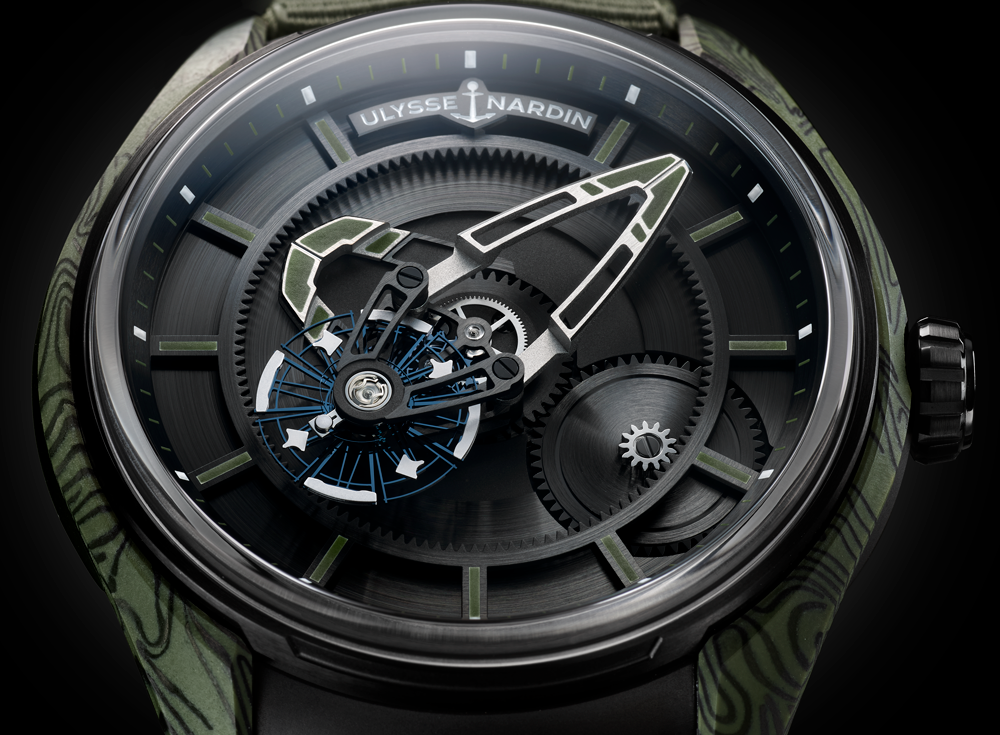
WATCHPRO: Do you think the experimental independents like MB&F and Urwerk could be doing what they are if the Freak hadn’t gone before?
LUDWIG OECHSLIN: The problem with answering this question is that the Freak exists and the influence of the Freak also exists. I was influenced by a non-functional concept and I took it further. Without that concept, I would never have made the Freak.
This is a basic principle of inspiration. So, yes, a lot of things that came about after the Freak possibly may not exist. But what we can’t say is that they definitely wouldn’t exist without the Freak – people could have invented things without me. But what the Freak did do is free people from the concept of what a watch has to be.
WATCHPRO: Arguments continue over whether the Freak is a tourbillon or a carousel. I have read that it was inspired by Das Tourbillon pocket watch.
Is this true?
LUDWIG OECHSLIN: No. Never. I would never make a tourbillon because a tourbillon is not an improvement on a normal escapement for a wristwatch. A tourbillon is too complicated and has a great chance of going wrong.
A tourbillon is never better that an ordinary escapement. You can see a lot more of the movement, it is beautiful, it turns in a minute and the hand finishing is fabulous. In its day, it was the top level of watchmaking and made by the best watchmakers. But in the indication part it makes no sense.
WATCHPRO: So, the Freak is neither a tourbillon nor a carousel?
LUDWIG OECHSLIN: No! People are wrong when they say this.
WATCHPRO: You describe yourself as a problem solver. Is there a problem you would like to see solved in a wristwatch?
LUDWIG OECHSLIN: When I see a problem, I am so curious to find the solution that I have to do it by making it myself. Always. But at the moment I am finished with the wristwatch and I am working with clocks. In a wristwatch, everything I want, I have and what I can’t have, I make myself.
WATCHPRO: Would you come back to the world of watchmaking?
LUDWIG OECHSLIN: You know the problem? I have so many projects that are not realised that I can’t go back. I have a lot of ideas and if I have a new idea then I have to make it – I have to try to find the solution.
WATCHPRO: Has a problem ever defeated you?
LUDWIG OECHSLIN: No. I like to solve problems, but sometimes I go the wrong way and my solution doesn’t work. With the four-year calendar, I had to make 36 different prototypes. Every time I would get so far and come to a point where it wouldn’t work, so I would have to return to a certain point and try another way. It was really hard to find the solution. I worked for more than two years on it. Eventually, however, I got there.

